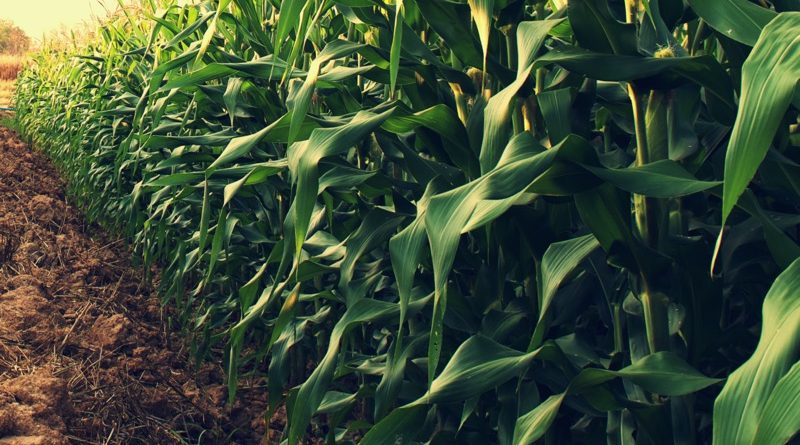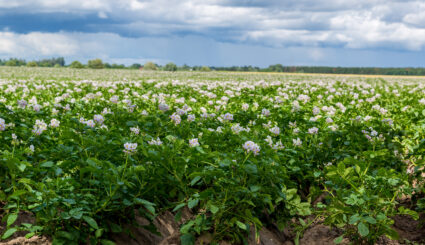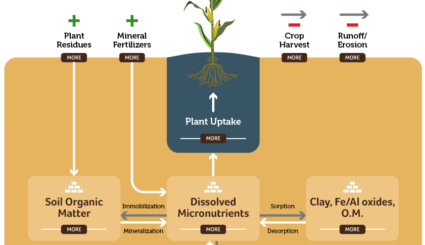ESN: A Smart Alternative For Fall Nitrogen Applications

Many growers in the Northern Corn Belt prefer to apply nitrogen in the fall to avoid spring delays and to take advantage of often more-favorable pricing and better soil conditions. Anhydrous ammonia is a common preference for this application because of the lower fertilizer price, but proper application requires correct soil moisture conditions, needs special equipment and slower application speed, has high fuel costs and more labor, and comes with safety risks. ESN Smart Nitrogen can overcome many of these limitations of ammonia while achieving high N-use efficiencies.
Recent University of Minnesota studies comparing fall and spring applications of various nitrogen sources demonstrated the ESN benefits for either fall or spring application. The chart below shows the yield response to various source and timing options.
- ESN and ammonia (or ammonia with N-Serve®, a nitrification inhibitor, for fall application) significantly out-yielded urea or urea plus Instinct® (a nitrification inhibitor) in both spring and fall treatments.
- Spring yields were similar for ESN and ammonia. The ESN treatments were broadcast while the ammonia was banded which could account for some of the difference between these sources in the fall applications.
- Urea and urea plus Instinct® performed poorly for fall applications and should be considered risky options for fall nitrogen applications.

Yields shown are means of five site-years on medium- and fine-textured soils. Applied nitrogen rate is 120 lbs N/acre in one application at the time indicated. ESN, urea, and urea + Instinct® were broadcast and incorporated immediately after application. Source: Dr. F. Fernandez, Univ of Minnesota.


